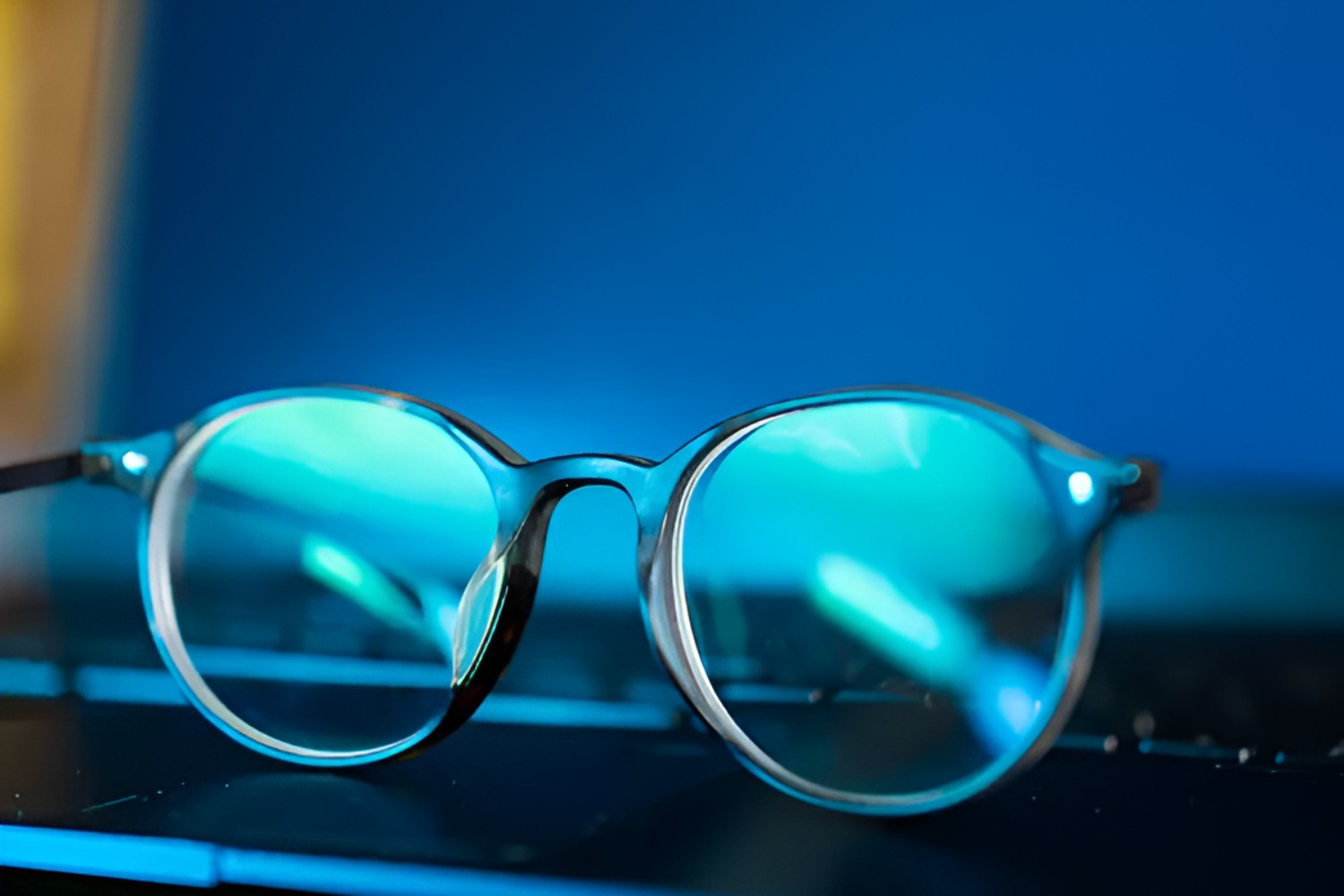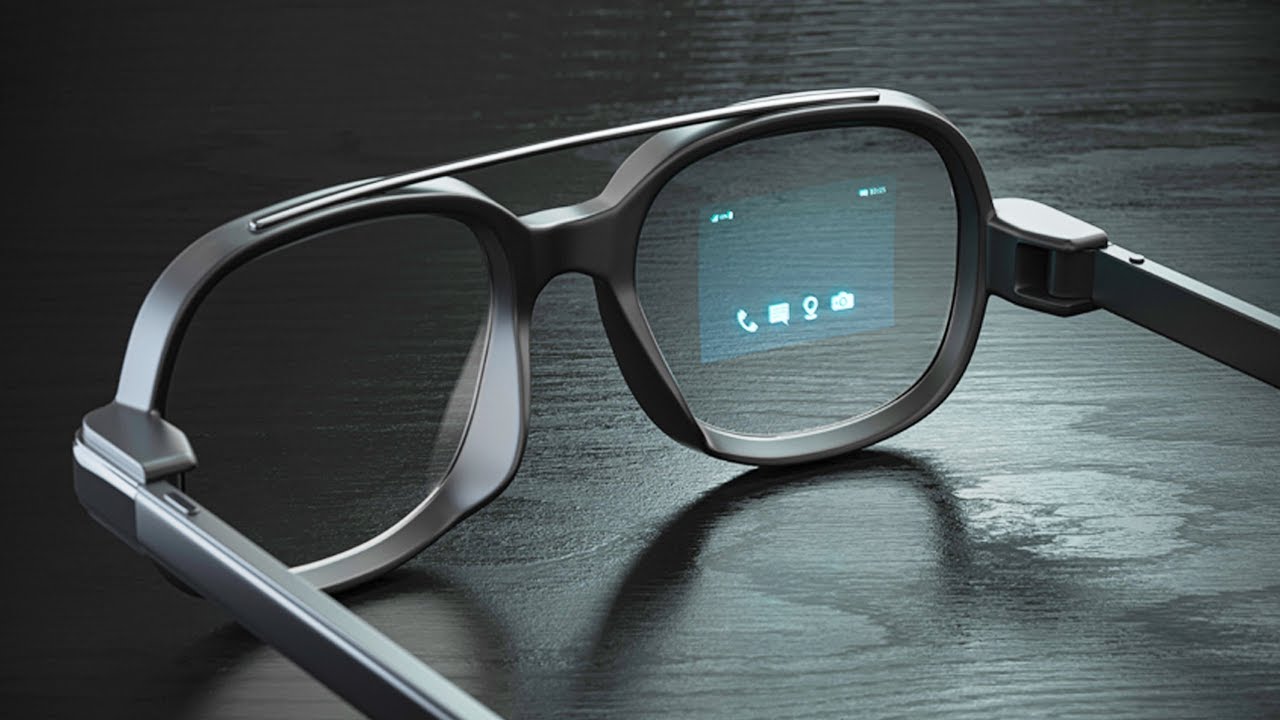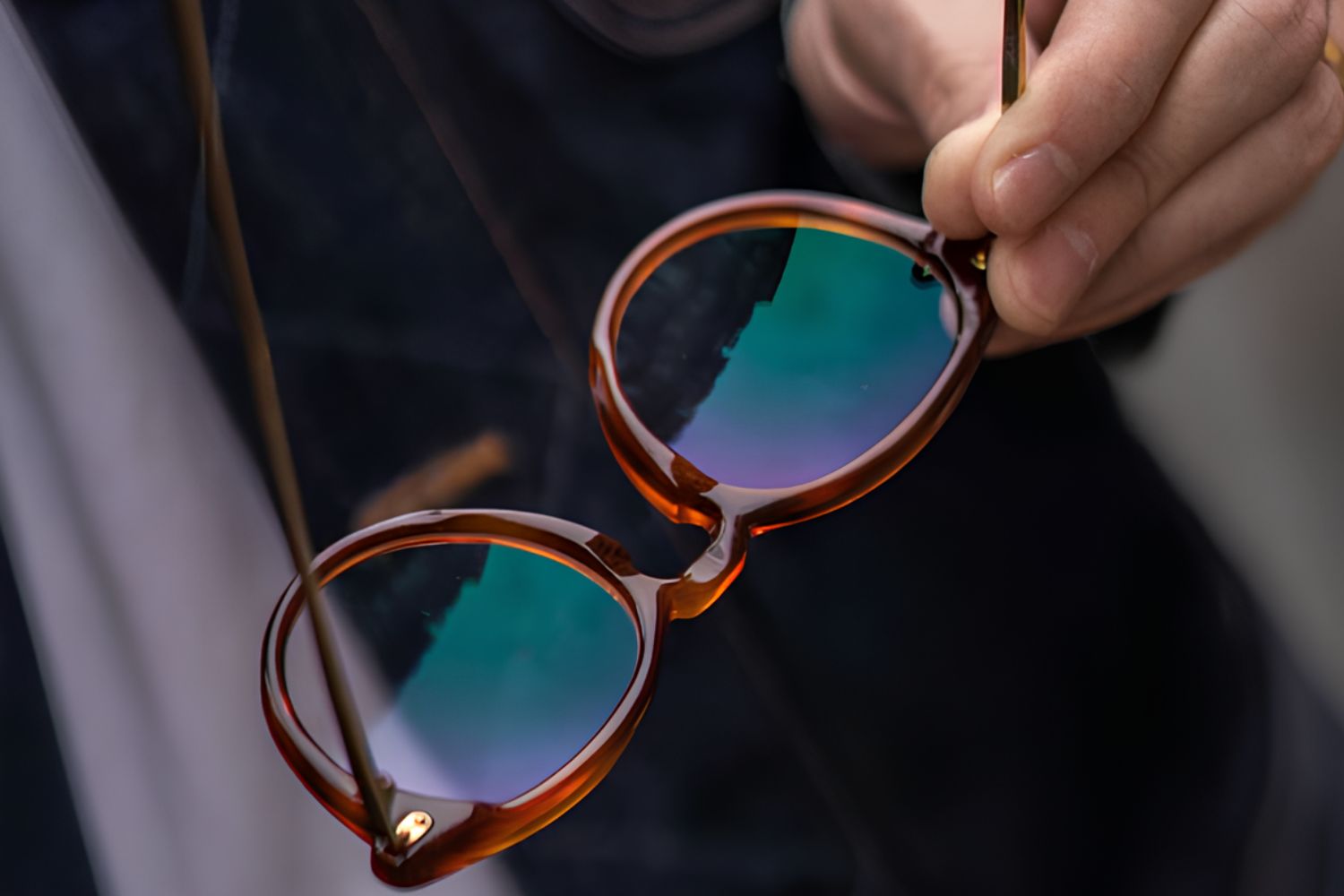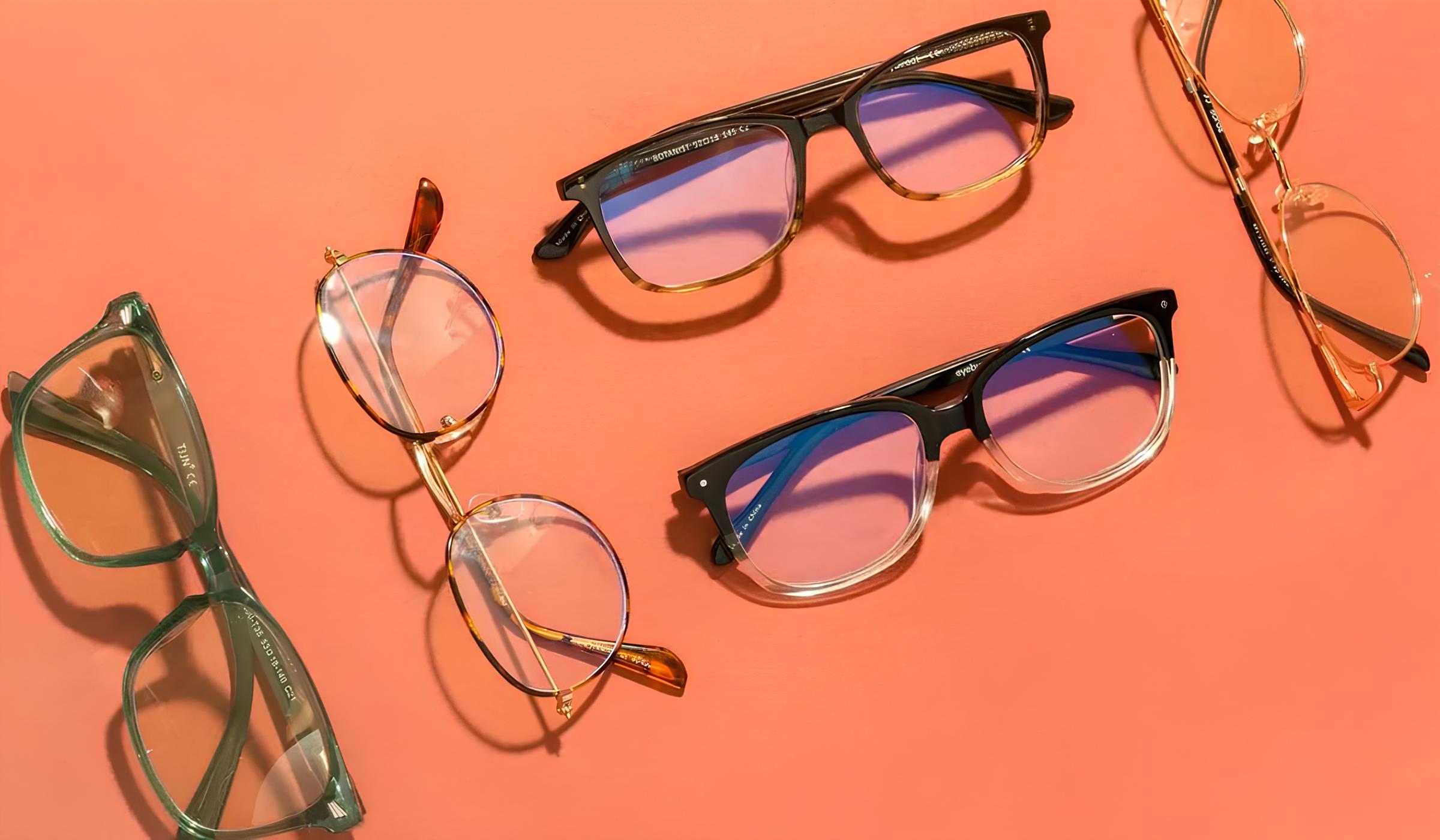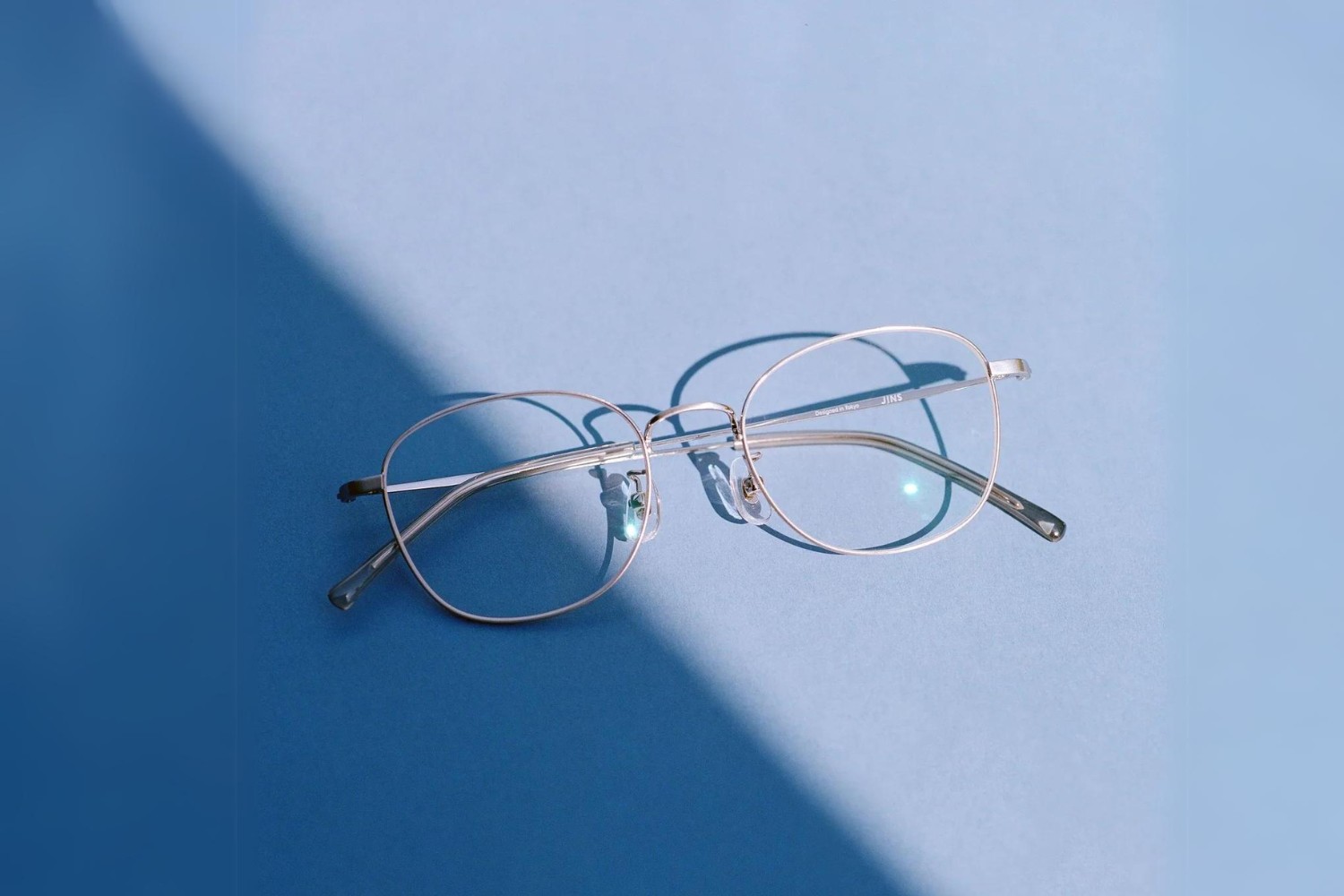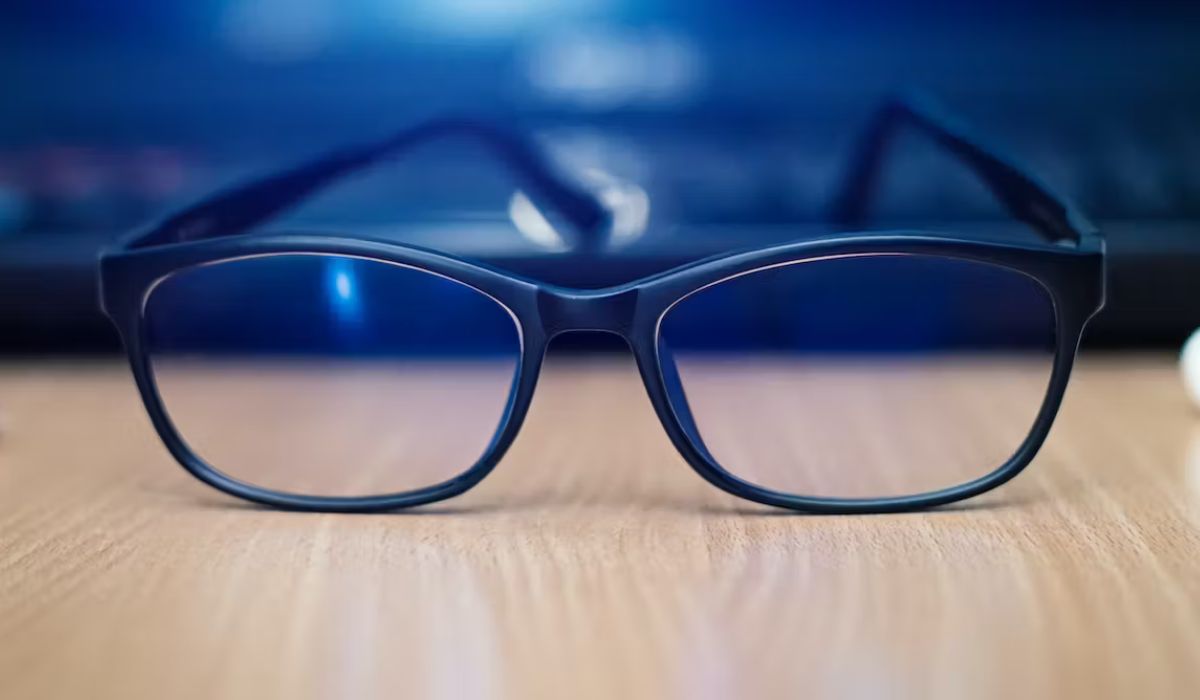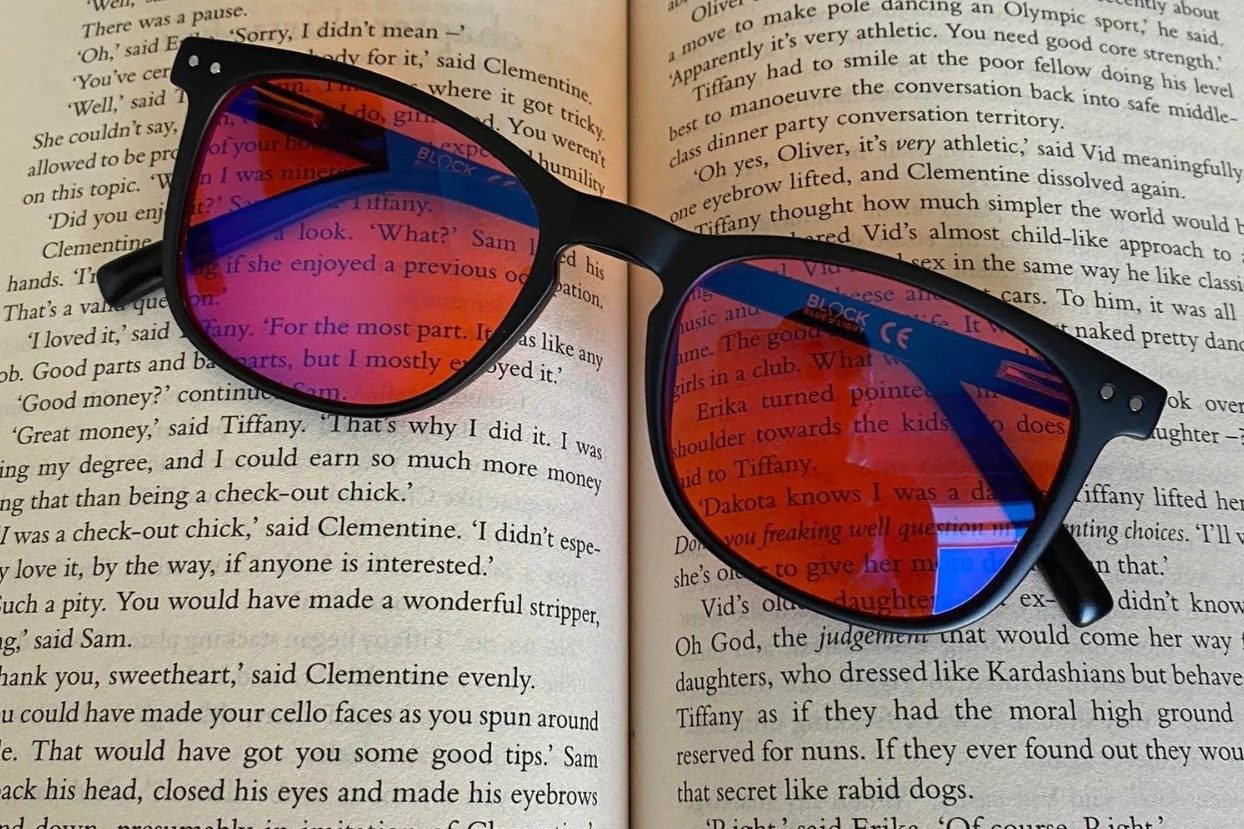Introduction
In today's digital age, our constant interaction with screens has become a ubiquitous aspect of modern life. Whether it's working on a computer, scrolling through social media on a smartphone, or binge-watching our favorite shows on a tablet, we are exposed to an increasing amount of blue light emitted by these devices. This has led to growing concerns about the potential impact of blue light on our health and well-being. In response to this, blue light blocking glasses have emerged as a popular solution, purported to alleviate the negative effects of prolonged screen exposure.
As we delve into the realm of blue light and its potential effects, it's essential to explore the effectiveness of blue light blocking glasses. These specialized eyewear have garnered attention for their ability to filter out a portion of the blue light spectrum, with claims of reducing eye strain, improving sleep quality, and protecting against potential long-term damage. However, amidst the buzz surrounding these glasses, it's crucial to assess their actual efficacy and whether they live up to the hype.
In this comprehensive exploration, we will delve into the science behind blue light, the mechanics of blue light blocking glasses, and the findings of research studies that have sought to determine their effectiveness. Additionally, we will weigh the potential benefits and drawbacks of incorporating blue light blocking glasses into our daily routines. By shedding light on these aspects, we aim to provide a well-rounded understanding of the role these glasses play in mitigating the impact of blue light exposure on our eyes and overall well-being.
What is Blue Light and How Does it Affect Us?
Blue light is a high-energy, short-wavelength light that is part of the visible light spectrum. It is emitted not only by digital screens such as smartphones, computers, and televisions, but also by the sun. In natural settings, exposure to blue light during the daytime can have positive effects on our mood, attention, and cognitive function. However, the proliferation of digital devices has led to prolonged and excessive exposure to artificial sources of blue light, raising concerns about its potential impact on our health.
The human eye is particularly sensitive to blue light, and prolonged exposure, especially during evening hours, can disrupt our circadian rhythm. This is due to the suppression of melatonin, a hormone that regulates sleep-wake cycles. Consequently, excessive blue light exposure in the evening can lead to difficulties falling asleep and result in poor sleep quality. Furthermore, blue light can contribute to digital eye strain, also known as computer vision syndrome, which manifests as symptoms like dry eyes, headaches, blurred vision, and neck and shoulder pain. Prolonged exposure to blue light has also been associated with potential long-term risks such as retinal damage and an increased risk of age-related macular degeneration.
The effects of blue light on our overall well-being extend beyond sleep and eye health. Research suggests that excessive blue light exposure may impact our mood and cognitive performance. Some studies have indicated that prolonged exposure to blue light may lead to increased feelings of fatigue, irritability, and difficulty concentrating.
In summary, while natural exposure to blue light during the day can have positive effects on our well-being, excessive and prolonged exposure to artificial sources of blue light, particularly during evening hours, can disrupt our sleep patterns, contribute to digital eye strain, and potentially impact our mood and cognitive function. Understanding the potential effects of blue light on our health is crucial in evaluating the role of blue light blocking glasses in mitigating these impacts.
How Do Blue Light Blocking Glasses Work?
Blue light blocking glasses are designed to mitigate the potential negative effects of prolonged blue light exposure from digital screens and artificial lighting. These specialized glasses are equipped with lenses that feature a coating or tint designed to filter out or absorb a portion of the blue light spectrum emitted by electronic devices and LED lighting.
The lenses of blue light blocking glasses are crafted using special materials that can effectively block or absorb high-energy blue light wavelengths, particularly in the range of 380 to 500 nanometers. This targeted filtration is intended to reduce the amount of blue light that reaches the eyes, thereby minimizing its potential impact on sleep quality, eye health, and overall well-being.
There are different mechanisms by which blue light blocking glasses work to reduce blue light exposure. Some glasses utilize a coating applied to the surface of the lenses, which selectively filters out blue light wavelengths while allowing other visible light to pass through. This coating is often designed to be virtually transparent, ensuring that the overall color perception remains largely unaffected.
Alternatively, certain blue light blocking glasses incorporate a tint within the lenses that absorbs a portion of the blue light spectrum. This tint can vary in intensity, with some glasses featuring a subtle yellow or amber hue, while others may have a more pronounced coloration. The tinted lenses work by selectively attenuating the transmission of blue light, thereby reducing the amount that reaches the eyes.
By incorporating these specialized lenses, blue light blocking glasses aim to minimize the potential negative effects of blue light exposure. The lenses act as a barrier, limiting the amount of high-energy blue light that reaches the eyes, thus potentially alleviating digital eye strain, supporting healthy sleep patterns, and reducing the risk of long-term eye health issues associated with prolonged screen time.
In essence, blue light blocking glasses function as a proactive measure to address the challenges posed by excessive blue light exposure in our modern, technology-driven lifestyles. By leveraging advanced lens technology, these glasses strive to provide a practical solution to mitigate the potential impact of blue light on our eyes and overall well-being.
Research on the Effectiveness of Blue Light Blocking Glasses
Numerous research studies have delved into the efficacy of blue light blocking glasses in mitigating the potential negative effects of prolonged screen exposure. These investigations have sought to assess the impact of these specialized glasses on factors such as eye strain, sleep quality, and overall well-being.
One study published in the Journal of Adolescent Health examined the effects of blue light blocking glasses on digital eye strain among teenagers. The research involved a randomized controlled trial where participants were assigned to wear either blue light blocking glasses or placebo glasses while engaging in prolonged digital device use. The results revealed a significant reduction in reported symptoms of eye strain among the group wearing blue light blocking glasses, indicating a potential benefit in alleviating digital eye strain associated with screen exposure.
In a separate study conducted at the University of Houston College of Optometry, researchers investigated the impact of blue light blocking glasses on sleep quality. The randomized crossover trial involved participants wearing either blue light blocking glasses or placebo glasses for a few hours before bedtime. The findings indicated that individuals who wore the blue light blocking glasses exhibited improved melatonin production and reported better sleep quality compared to those wearing the placebo glasses. These results suggest a potential role for blue light blocking glasses in supporting healthy sleep patterns by mitigating the disruptive effects of blue light on melatonin secretion.
Furthermore, a systematic review and meta-analysis published in the journal Ophthalmic & Physiological Optics synthesized the findings of multiple studies to evaluate the overall effectiveness of blue light blocking glasses. The analysis revealed consistent evidence supporting the efficacy of these glasses in reducing symptoms of digital eye strain and improving subjective measures of visual comfort during prolonged screen use. Additionally, the review highlighted the potential benefits of blue light blocking glasses in minimizing the impact of blue light exposure on sleep quality and circadian rhythm regulation.
Collectively, these research endeavors provide valuable insights into the effectiveness of blue light blocking glasses in addressing the challenges posed by prolonged screen exposure. The findings underscore the potential benefits of these specialized glasses in alleviating digital eye strain, supporting healthy sleep patterns, and mitigating the potential negative effects of blue light on our eyes and overall well-being. As the body of research continues to expand, further elucidating the role of blue light blocking glasses, it becomes increasingly apparent that these glasses hold promise in offering tangible benefits for individuals navigating the digital landscape.
Potential Benefits of Using Blue Light Blocking Glasses
Blue light blocking glasses offer a range of potential benefits that cater to the multifaceted challenges posed by prolonged screen exposure in today's digital era. By leveraging advanced lens technology to selectively filter out or absorb high-energy blue light wavelengths, these specialized glasses aim to address key areas of concern, providing tangible advantages for individuals navigating the modern landscape of digital devices and artificial lighting.
Alleviating Digital Eye Strain
One of the primary benefits of blue light blocking glasses lies in their potential to alleviate digital eye strain, also known as computer vision syndrome. Prolonged exposure to digital screens can lead to symptoms such as dry eyes, headaches, blurred vision, and discomfort, impacting the visual comfort of individuals. By filtering out a portion of the blue light spectrum, blue light blocking glasses strive to reduce the likelihood of experiencing these symptoms, promoting a more comfortable and less fatiguing visual experience during extended screen use.
Supporting Healthy Sleep Patterns
Another notable benefit of blue light blocking glasses relates to their potential impact on sleep quality. Excessive blue light exposure, particularly during evening hours, can disrupt the body's natural circadian rhythm by suppressing melatonin production, thereby hindering the ability to fall asleep and compromising overall sleep quality. By wearing blue light blocking glasses in the hours leading up to bedtime, individuals may experience improved sleep quality, as the glasses help mitigate the disruptive effects of blue light on melatonin secretion, facilitating a smoother transition into restful sleep.
Protecting Long-Term Eye Health
Furthermore, blue light blocking glasses hold promise in safeguarding long-term eye health by minimizing potential risks associated with prolonged screen exposure. High-energy blue light has been linked to retinal damage and an increased risk of age-related macular degeneration, raising concerns about the cumulative impact of digital device usage on eye health. By reducing the amount of blue light that reaches the eyes, these glasses aim to mitigate the potential long-term risks, offering a proactive approach to preserving ocular health in the face of pervasive screen time.
Enhancing Visual Comfort and Productivity
In addition to the specific health-related benefits, blue light blocking glasses can contribute to enhanced visual comfort and productivity during digital tasks. By reducing glare and minimizing the impact of blue light on visual acuity, these glasses strive to create a more comfortable viewing environment, potentially leading to improved concentration, reduced visual fatigue, and enhanced productivity, particularly for individuals engaged in prolonged screen-based activities.
In essence, the potential benefits of using blue light blocking glasses encompass a comprehensive spectrum of advantages, ranging from alleviating digital eye strain and supporting healthy sleep patterns to safeguarding long-term eye health and enhancing overall visual comfort and productivity. As these glasses continue to garner attention for their potential role in mitigating the impact of blue light exposure, the cumulative evidence underscores their potential to offer tangible benefits for individuals seeking to navigate the digital landscape while prioritizing their eye health and well-being.
Potential Drawbacks of Using Blue Light Blocking Glasses
While blue light blocking glasses offer a range of potential benefits, it's essential to consider the potential drawbacks associated with their usage. Understanding these limitations provides a balanced perspective on the practical implications of incorporating these specialized glasses into daily routines.
Impact on Color Perception
One of the primary considerations when using blue light blocking glasses is their potential impact on color perception. Tinted lenses, often featuring a subtle yellow or amber hue, can subtly alter the perception of colors, particularly in tasks that require accurate color distinction. This alteration in color perception may be noticeable, especially in activities such as graphic design, photography, or other color-sensitive tasks where precise color representation is crucial. Individuals engaged in professions or hobbies that necessitate accurate color perception may find the subtle tint introduced by blue light blocking glasses to be a drawback, potentially impacting their visual accuracy and discernment.
Adjusting to Tinted Lenses
Another potential drawback of using blue light blocking glasses relates to the adjustment period required when transitioning to tinted lenses. Individuals accustomed to standard clear lenses may initially find the presence of a tint, albeit subtle, to be a noticeable change in their visual experience. This adjustment phase can vary among individuals, with some adapting seamlessly to the tinted lenses, while others may require a period of acclimatization to become fully comfortable with the altered visual perception. The adjustment process may entail a period of familiarization, during which individuals may perceive a subtle difference in their visual environment until they become accustomed to the tinted lenses.
Aesthetic Preferences
Aesthetic considerations also come into play when evaluating the potential drawbacks of blue light blocking glasses. While some individuals may appreciate the subtle tint and the modern aesthetic offered by these specialized glasses, others may have personal preferences for clear, untinted lenses. The introduction of a tint, even if designed to be unobtrusive, may not align with the aesthetic preferences of certain individuals, influencing their inclination toward incorporating blue light blocking glasses into their daily eyewear rotation.
Context-Dependent Utility
Additionally, the utility of blue light blocking glasses is context-dependent, particularly in environments where natural lighting predominates. In outdoor settings or well-lit indoor environments, the efficacy of these glasses in mitigating blue light exposure from digital screens may be less pronounced, as the primary source of blue light shifts from artificial screens to natural sunlight. As a result, the practical utility of wearing blue light blocking glasses in such contexts may be limited, raising considerations about the optimal scenarios for their usage.
In essence, while blue light blocking glasses offer a range of potential benefits, it's vital to acknowledge the potential drawbacks associated with their usage. These considerations encompass aspects such as color perception alterations, the adjustment period to tinted lenses, aesthetic preferences, and the context-dependent utility of these specialized glasses. By recognizing these limitations, individuals can make informed decisions regarding the integration of blue light blocking glasses into their eyewear repertoire, weighing the potential drawbacks against the tangible benefits offered by these innovative optical solutions.
Conclusion
In conclusion, the pervasive presence of digital screens in our daily lives has underscored the importance of addressing the potential impact of blue light exposure on our eyes and overall well-being. Blue light blocking glasses have emerged as a proactive solution, designed to mitigate the potential negative effects of prolonged screen exposure by selectively filtering out or absorbing high-energy blue light wavelengths. As we navigate the landscape of digital devices and artificial lighting, it becomes imperative to assess the effectiveness of these specialized glasses in addressing the multifaceted challenges posed by excessive blue light exposure.
The exploration of blue light and its potential effects has illuminated the intricate interplay between our digital lifestyles and the impact of blue light on our health. Prolonged exposure to artificial sources of blue light, particularly during evening hours, can disrupt our sleep patterns, contribute to digital eye strain, and potentially impact our mood and cognitive function. Understanding the potential implications of excessive blue light exposure provides a foundational understanding of the role blue light blocking glasses play in mitigating these effects.
Research endeavors have delved into the efficacy of blue light blocking glasses, yielding valuable insights into their potential benefits. Studies have demonstrated the capacity of these specialized glasses to alleviate digital eye strain, support healthy sleep patterns, and minimize the potential long-term risks associated with prolonged screen exposure. The findings underscore the tangible advantages of incorporating blue light blocking glasses into our daily routines, offering a proactive approach to safeguarding our eye health and overall well-being in the digital age.
While the potential benefits of blue light blocking glasses are substantial, it's essential to consider the potential drawbacks associated with their usage, such as subtle alterations in color perception, the adjustment period to tinted lenses, and context-dependent utility. By acknowledging these limitations, individuals can make informed decisions regarding the integration of blue light blocking glasses into their eyewear repertoire, weighing the potential drawbacks against the tangible benefits offered by these innovative optical solutions.
In essence, the effectiveness of blue light blocking glasses in addressing the multifaceted challenges posed by excessive blue light exposure underscores their potential to offer tangible benefits for individuals navigating the digital landscape. As the body of research continues to expand, further elucidating the role of blue light blocking glasses, it becomes increasingly apparent that these glasses hold promise in providing a practical and proactive solution to mitigate the potential impact of blue light on our eyes and overall well-being.










